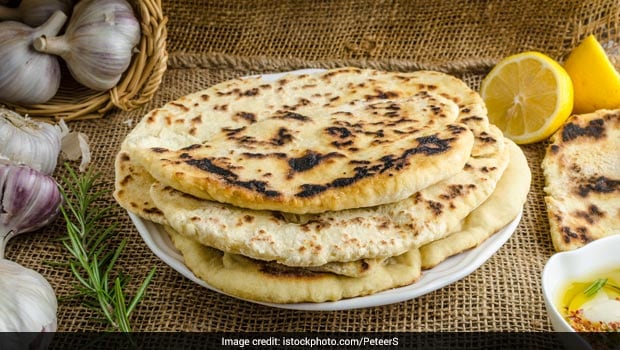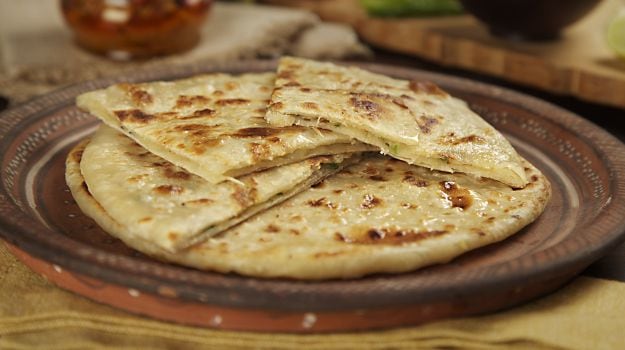
You think you love your food? Perhaps you do but may not as much as the Nizams of Hyderabad did. Be it the iconic Hyderabadi biryani,
the spicy Mirchi ka Salan,
the rich Haleem, the robust Dum Pukht or the melt in mouth Boti Kebab, the luxurious Hyderabadi spread is every foodie’s dream come true. The Asaf Jahi Royalty of Hyderabad knew their food and took their culinary affairs as seriously as their administrative matters. So much so that the first Nizam of Hyderabad, Qamar-ud-din Khan, chose to give the humble Indian bread – ‘kulcha’, a special place on the official flag of their kingdom!

Qamar-ud-din Khan, chose to give the humble Indian bread – ‘kulcha’, a special place on the official flag of their kingdom
While in the present day, we associate Hyderabdi cuisine with lavish biryanis and rich meat curries, back in the day this simple Indian bread managed to earn a coveted place on the official flag that represented Asaf Jahi’s dynasty. Chef Sadaf Hussain tells us, “It is believed that the Nizam rulers invented the ‘kulcha’ and made it famous in India. Kulcha was the official symbol of the Asaf Jahi dynasty and even appeared on the Hyderabad state flag till it became a part of the Indian subcontinent post-independence. This amazing crispy bread was chosen as the emblem while the rest of the princely states had mighty lions or elephants as their official insignia.”
What Made The Kulcha So Significant?
Chef Sadaf narrates, “According to historical data, it is believed that once Mir Qamruddin (an old courtier in Mughal court) went to meet the spiritual Guru, Sufi mystic Hazrat Nizamuddin in Delhi, after he got appointed as the ‘Subedar-e-Dakhan’ or Governer of Deccan. Hazrat Nizamuddin invited him for a meal and the saint offered him kulchas tied in a yellow cloth, and asked him to eat as much as he wants to. Mir Qamruddin stuffed himself with seven kulchas. Post this, Hazrat Nizamuddin prophesised that one day he would become a king and that his descendants would rule gloriously for seven generations. Interestingly, the prophecy did come true. Mir Qamruddin became a king and his dynasty was ruled by the next seven generations. The seventh descendent Nawab Sir Osman Ali Khan joined the Indian union.”
When the Mughal rule collapsed during the latter half of the 16th century, Mir Qamar-ud-Din was able to break away from the rule and declare independence from Delhi. He successfully managed to lay the foundation of the Asaf Jahi dynasty in Hyderabad. It is believed that as a mark of gratitude to the sufi saint, the ruler adopted the symbol of the Kulcha and placed it right in the centre of the flag. Also, the reason behind choosing the colour yellow for the flag denotes the yellow cloth that the kulchas were packed in.
However, many historians have later claimed that the round object in the middle of the flag denoted the moon and not a kulcha. The jury is still out and many people in Hyderabad believe that it was indeed a kulcha represented on the flag. The lavish food preparations that originated during the glorious rule of the Nizams of Hyderabad are as famous as their governance and architecture and this particular anecdote perhaps indicates why.
[“source=food.ndtv”]











